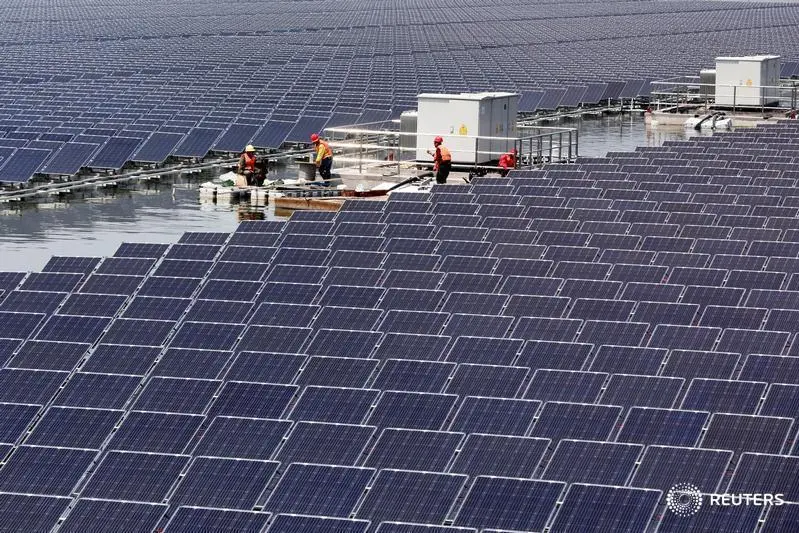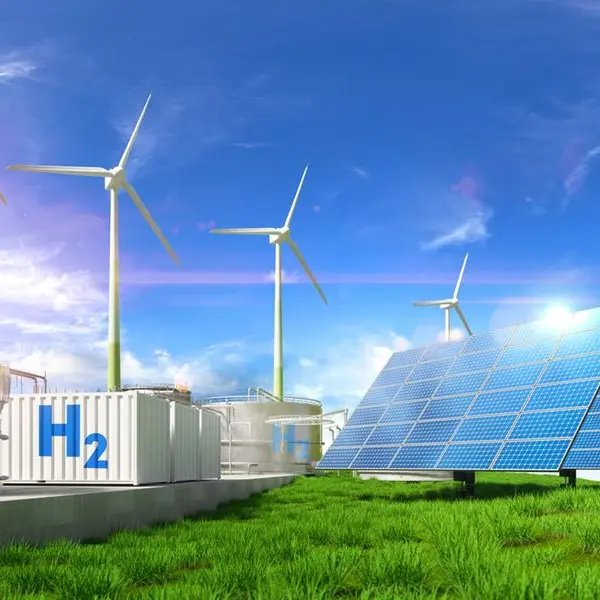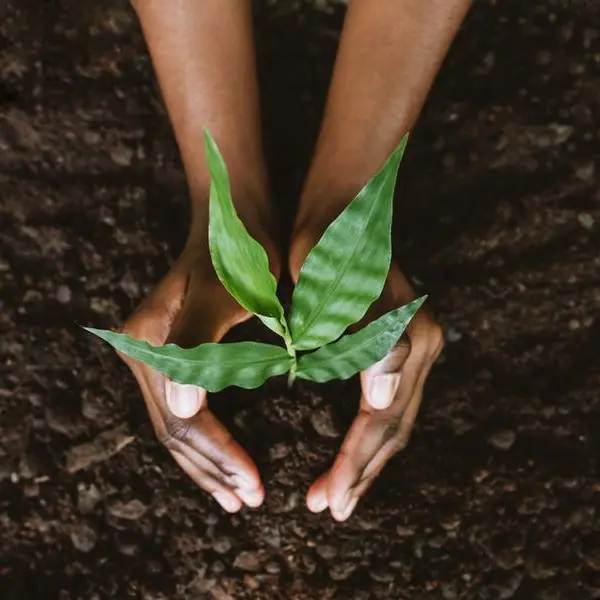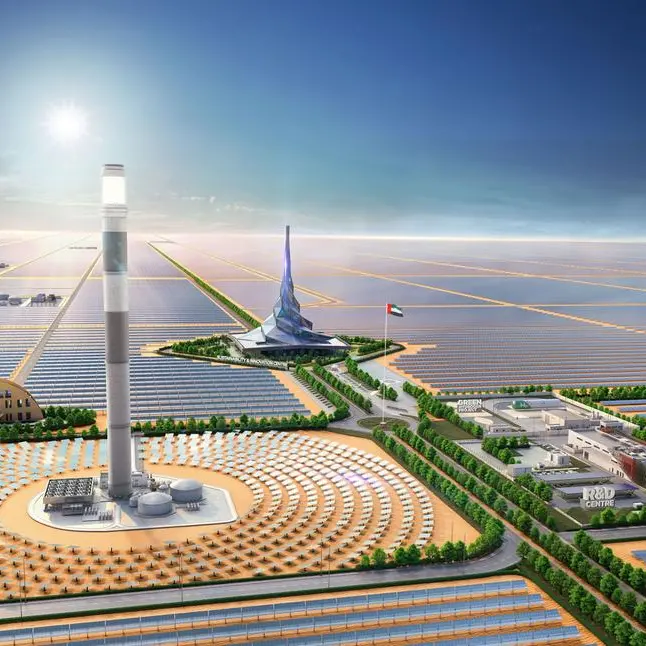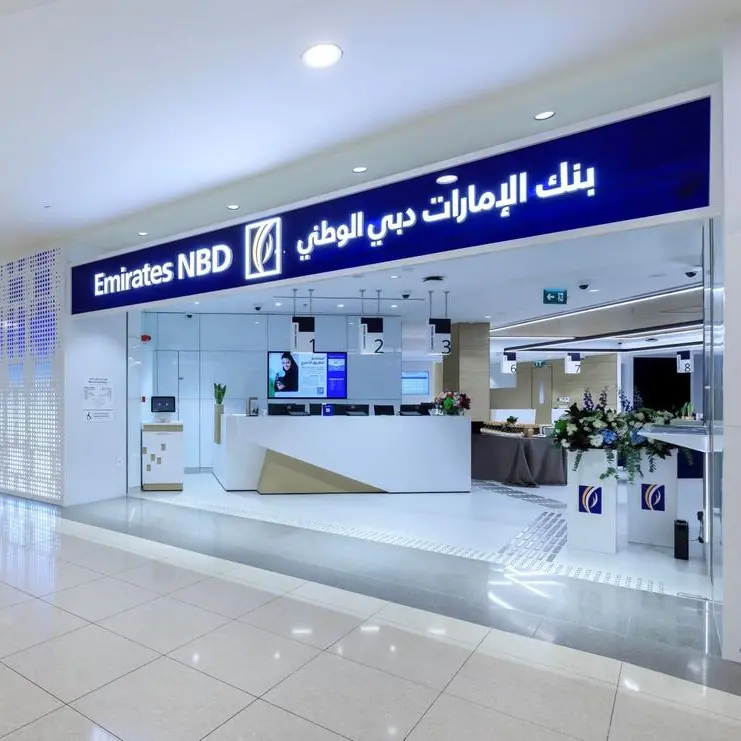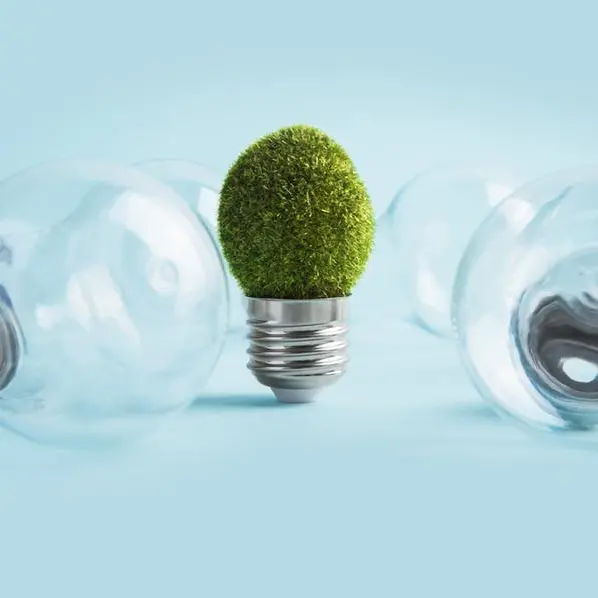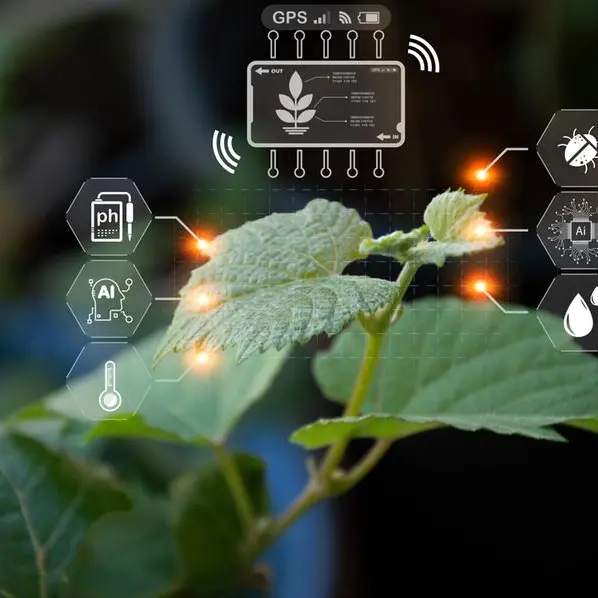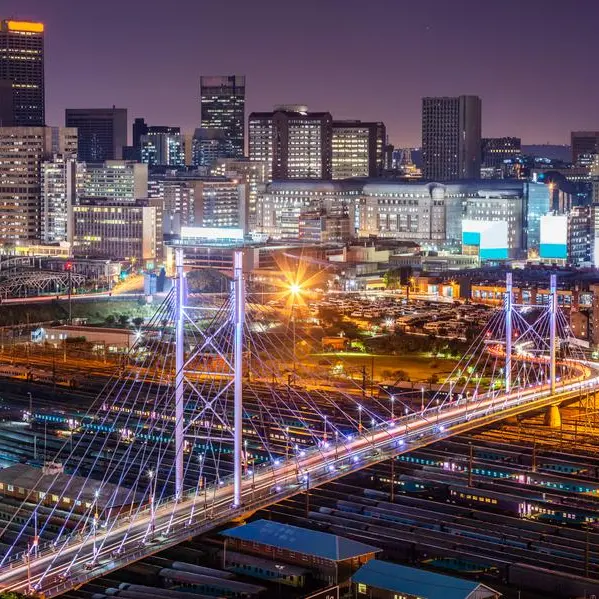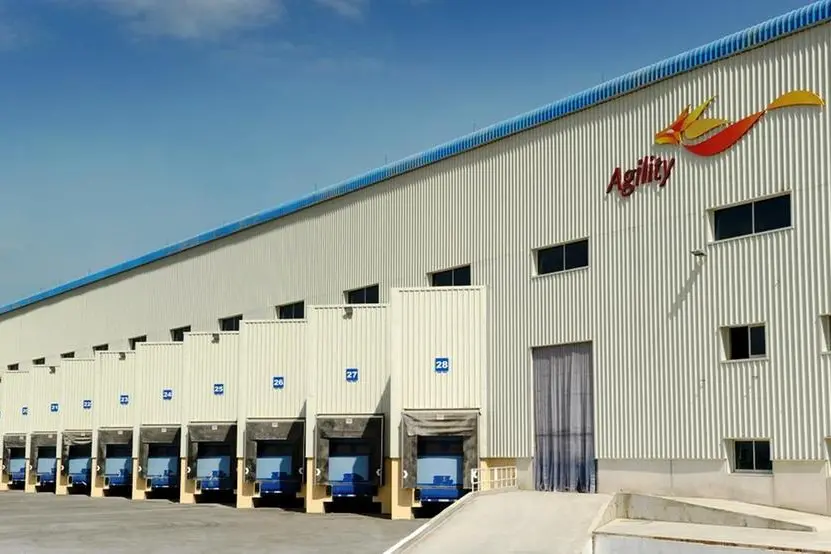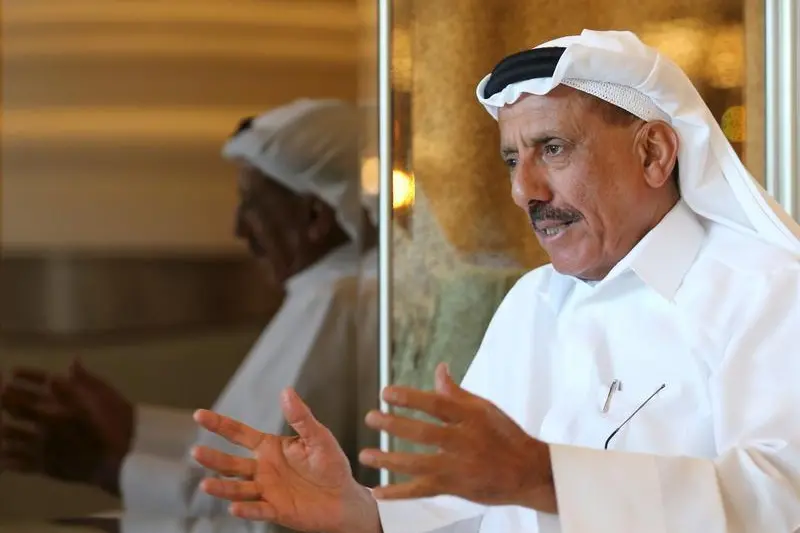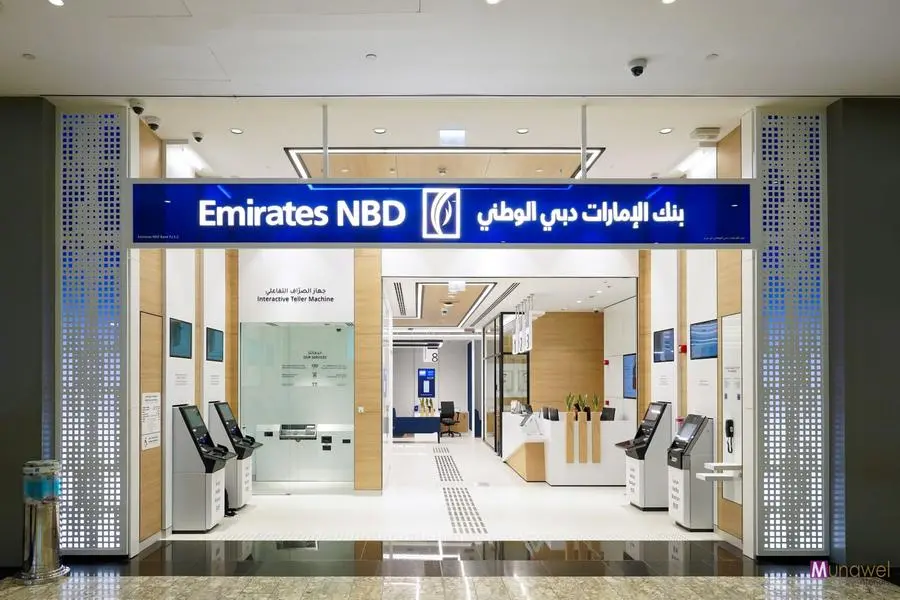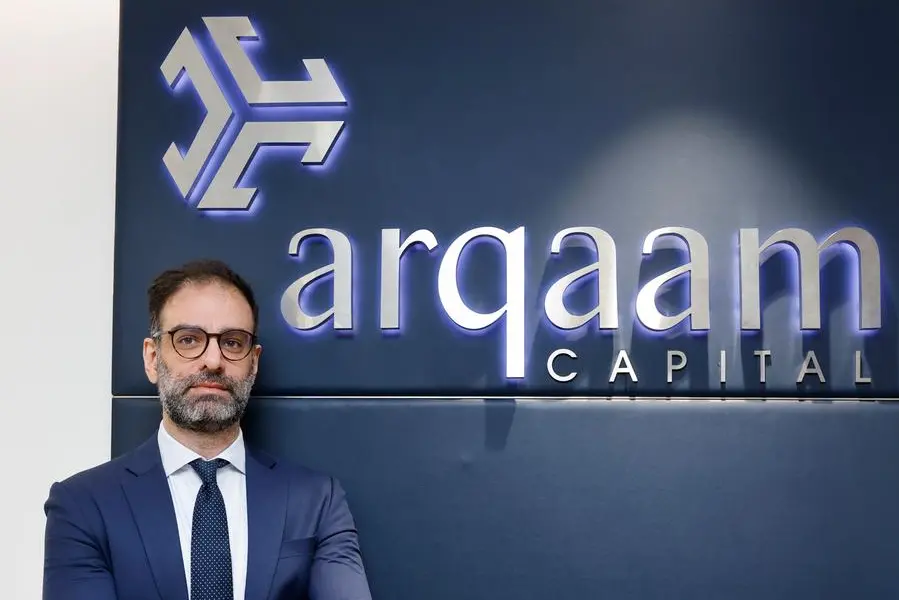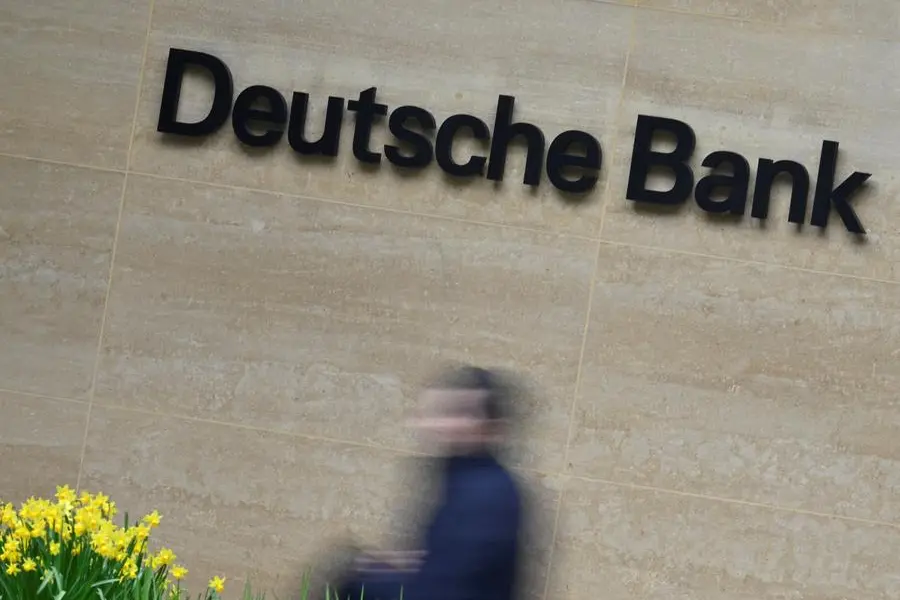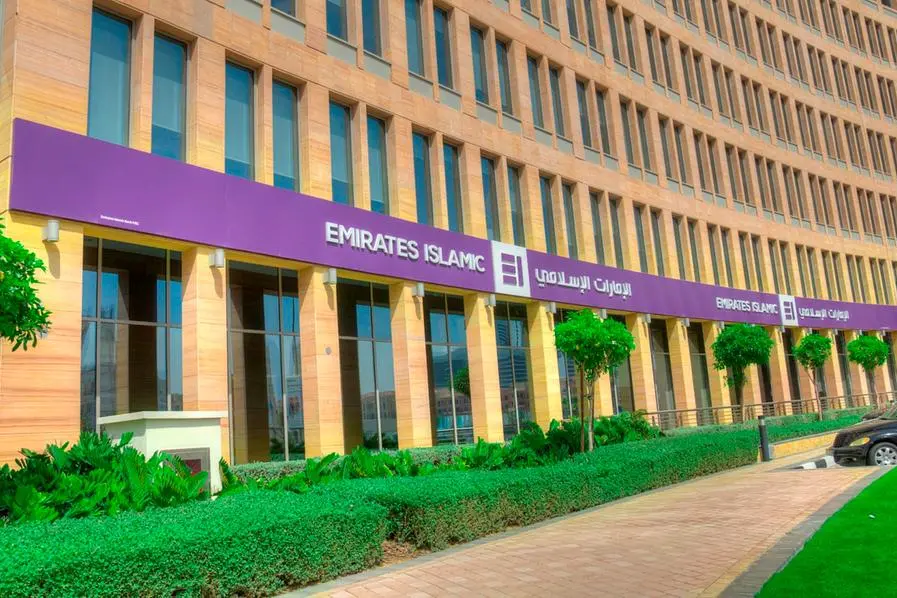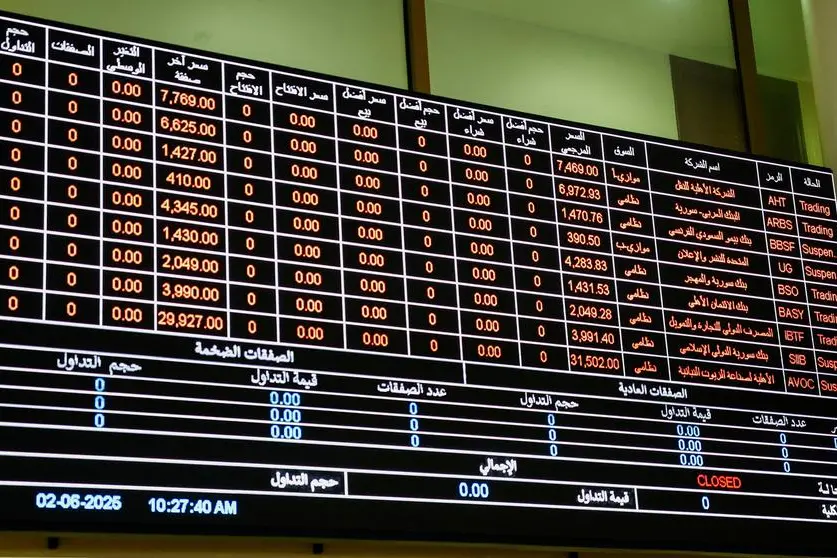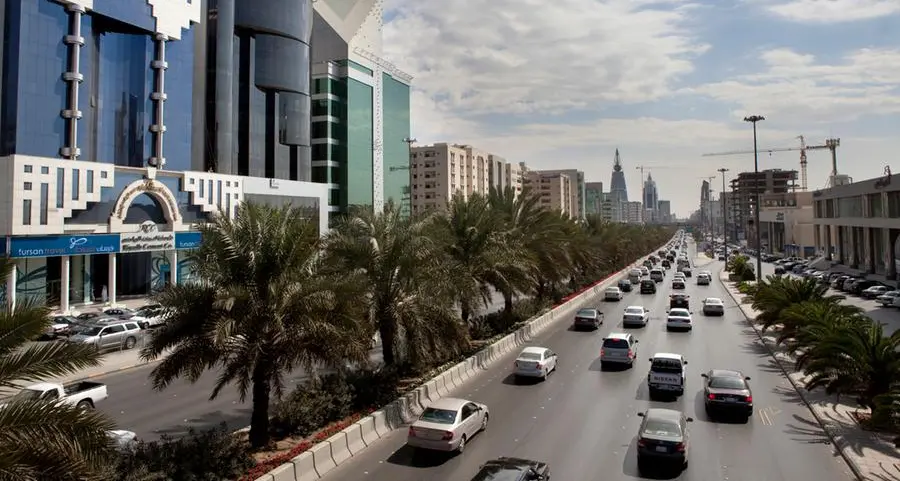PHOTO
Image used for illustrative purpose Solar panels are seen at a floating solar plant in Huaibei, Anhui province, China April 24, 2018. China Daily CDIC, Reuters
China is ramping up solar and wind installations to hit 3.3 terrawatt (TW) by 2030--nearly three times ahead of the government target--as it looks to achieve energy self-sufficiency, according to a report by Goldman Sachs Group.
The push will be driven by solar and battery cost innovations whch will allow enough increase in battery installation to deliver stable power supply, and would be affordable, self-sufficient and clean, the analysts, including Nikhil Bhandari and Amber Cai, said in the report on Monday.
"We believe significant cost reductions in both solar and battery will enable economically viable round-the-clock solar projects in the coming decade, driving rapid renewable installations ahead."
The rise in renewables in expected to make China self-sufficient. Unlike in the oil and gas sector where China relies heavily on imports, it dominates a major part of the green energy supply chain from solar, wind to batteries. "We expect China to be close to energy self-sufficiency by 2060E, as renewable and renewable-based hydrogen displace an increasing amount coal in power generation, gasoline/diesel in fueling vehicles, and natural gas in industrial use."
With increasing renewables capacity and efficiency gains Goldman Sachs expects China to accelarate emission reductions into 2030s, despite an overall increase in energy demand. Demand for coal is expected to decline by this time as a result of higher ration of renewables in the energy mix.
Meanwhile, the drive towards green electricity would imply a $8 trillion investment in infrastructure through 2040 in power generation, energy storage and network. However, the green capex need not necessarily translate into higher costs for the end user, the analysts noted.
As dependence on renewables increase, China will need about 520 gigawatt (GW) of energy storage by 2030, around 410 GW of which will come from batteries and from pumped hydro facilities. In batteries for energy storage, China, which has advantage in lithium iron phosphate battery, is rapidly developing other technologies like lithium manganese iron phosphate and sodium iron batteries.
(Reporting by Brinda Darasha; editing by Seban Scaria)
